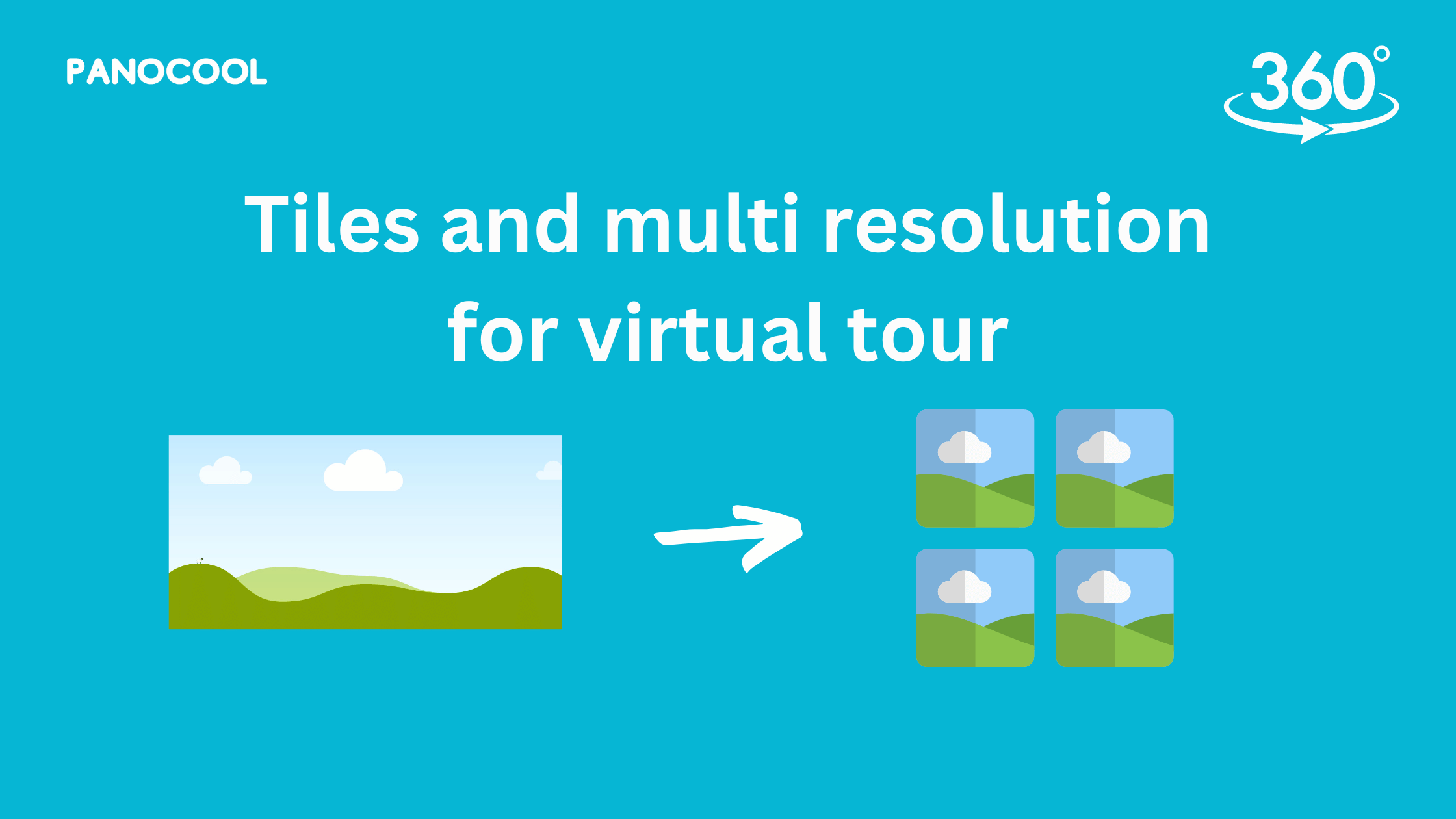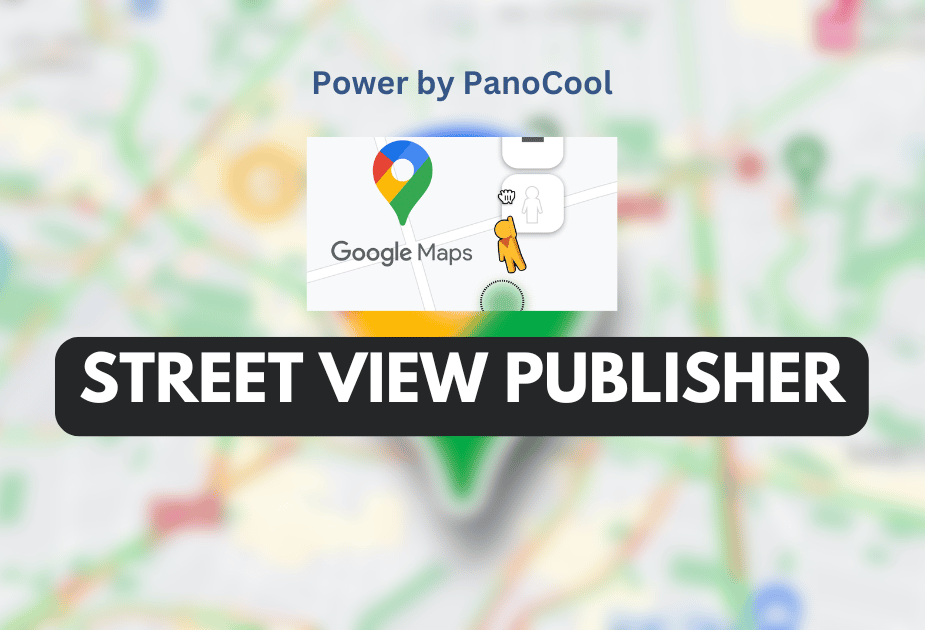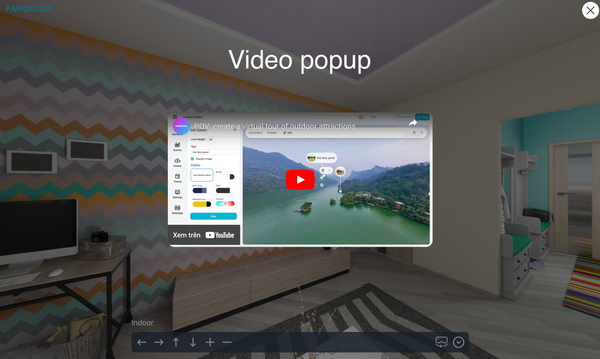Optimizing loading speed for virtual tours: Tiles and Multi-Resolution Technology

In the world of virtual tours and 360-degree photography, image quality and loading speed are crucial factors that can make or break the user experience. One innovative technique that addresses these challenges is the use of tiles and multi-resolution technology. This method involves splitting large 360-degree photos into smaller, more manageable pieces called tiles, and creating multiple versions of these tiles at different resolutions.
Advantages of Tiles and Multi-Resolution for 360 Photos
360-degree photos are known for their immersive experience, but they often come with a significant drawback: large file sizes. These hefty files can lead to slow loading times, especially on devices with slower internet connections. This is where the tiles and multi-resolution approach shines:
- Improved Loading Times: By breaking down the image into smaller tiles, viewers can start exploring the scene almost immediately. The system loads only the tiles that are currently in view, rather than waiting for the entire high-resolution image to download.
- Adaptive Quality: The multi-resolution aspect allows the system to serve the most appropriate image quality based on the viewer's device and zoom level. This means mobile users with smaller screens receive lower-resolution tiles, while desktop users with large monitors get higher-quality images.
- Bandwidth Efficiency: This method significantly reduces bandwidth usage, as only the necessary parts of the image at the required resolution are transmitted.
- Enhanced Interactivity: The faster loading times and smoother navigation result in a more responsive and enjoyable user experience, encouraging viewers to explore the virtual space more thoroughly.
- Reduced Risk of Image Theft: Since the full-resolution image is never loaded as a single file, it becomes more challenging for unauthorized users to download and misuse the high-quality version of the 360-degree photo.
- Scalability: This approach is particularly beneficial for virtual tours with multiple high-resolution 360-degree images, as it allows for efficient loading and smooth transitions between different scenes.
PanoCool: Pioneering Tiles and Multi-Resolution in Virtual Tour Building
While the concept of tiles and multi-resolution is not new in the world of digital mapping and satellite imagery, its application to 360-degree photography and virtual tours is still relatively uncommon. PanoCool stands out as one of the few virtual tour builders that have successfully implemented this advanced feature.
PanoCool's implementation of tiles and multi-resolution technology offers several unique advantages:
- Quick Processing: After uploading a 360-degree photo, PanoCool's system processes the image and generates the necessary tiles and resolution variants in just a few minutes, allowing creators to quickly preview and publish their virtual tours.
- Seamless Integration: The tiling and multi-resolution features work behind the scenes, requiring no additional effort from the tour creator while significantly enhancing the end-user experience.
- Storage Optimization: Although this method requires slightly more storage space than a single high-resolution image, PanoCool has optimized the process to minimize the additional storage requirements while maximizing the performance benefits.
- Future-Proof Technology: As display resolutions continue to improve and internet speeds vary widely across different regions, PanoCool's adaptive approach ensures that virtual tours remain accessible and high-quality across a wide range of devices and network conditions.
By adopting this cutting-edge technology, PanoCool demonstrates its commitment to providing an optimal virtual tour experience for both creators and viewers. As the demand for high-quality, responsive virtual tours continues to grow, the tiles and multi-resolution approach is likely to become an industry standard, with PanoCool leading the way in its implementation and optimization.




